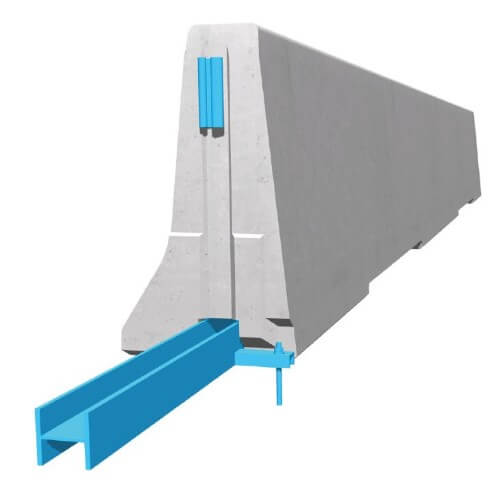Highway VRS CPD Seminar

Online Workshop
Our road safety barrier experts deliver free online workshops outlining the essential information contained within the latest Design Manual for Roads and Bridges (DMRB) ‘CD 377 Requirements for road restraint systems’ document.
CD 377, which was published in 2020 and replaces TD 19/06, details the application requirements for vehicle restraint systems including temporary and permanent barriers, vehicle parapets, terminals, transitions, crash cushions, pedestrian parapets, pedestrian guardrails and pedestrian restraint and protection.

VRS Specialists
CD 377 states that all permanent vehicle restraint safety barriers are compatible with each other throughout the entire installation length.
The document also confirms that crash cushions, or impact attenuators, shall be provided in front of fixed and rigid objects to reduce the damage caused to people, vehicles and structures in a collision.
Delivered by our knowledgeable and down-to-earth vehicle restraint system (VRS) specialists, our one-hour virtual ‘Highway Vehicle Restraint System (VRS) Seminars simplify the requirements outlined in the 133-page document and count toward Continuing Professional Development (CPD). All attendees will receive a certificate from Hardstaff Barriers.

CD 377
The events assist engineers, construction teams and other individuals working on road projects in ensuring that their vehicle restraint systems deployed in their schemes are fully compliant with CD 377.
The presentations also advise on EN 1317 compliance, crash cushions and the application of CD 377 guidance, barrier performance and barrier selection for both permanent and temporary use and provides an introduction to the concrete precast barrier system, REBLOC.
The REBLOC products, which are all CD 377 compliant, provide a complete range of Containment and Performance Levels from normal (N1 & N2), higher (H1 & H2) to very high (H4a) containment.
Previous events have been very well-received by attendees, with comments including “Thank you for a really good and informative presentation” and “A big thank you for a very informative event.”
“Thank you for a really good and informative presentation”











